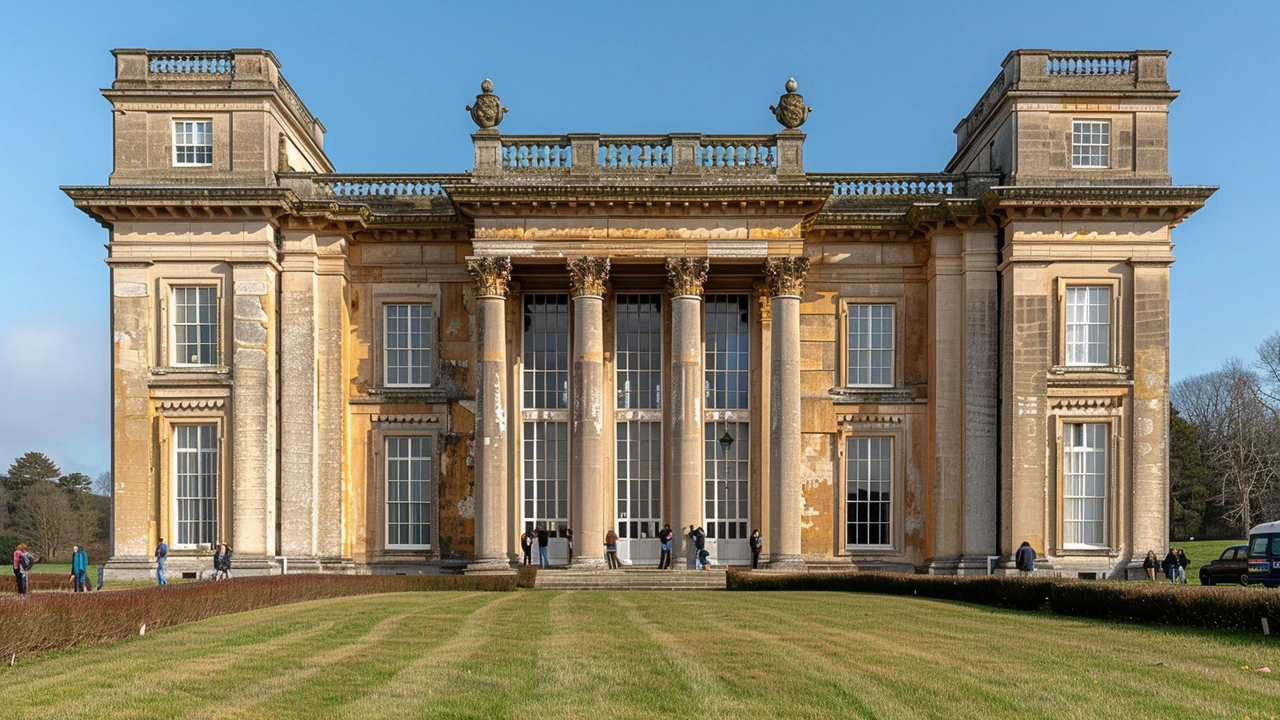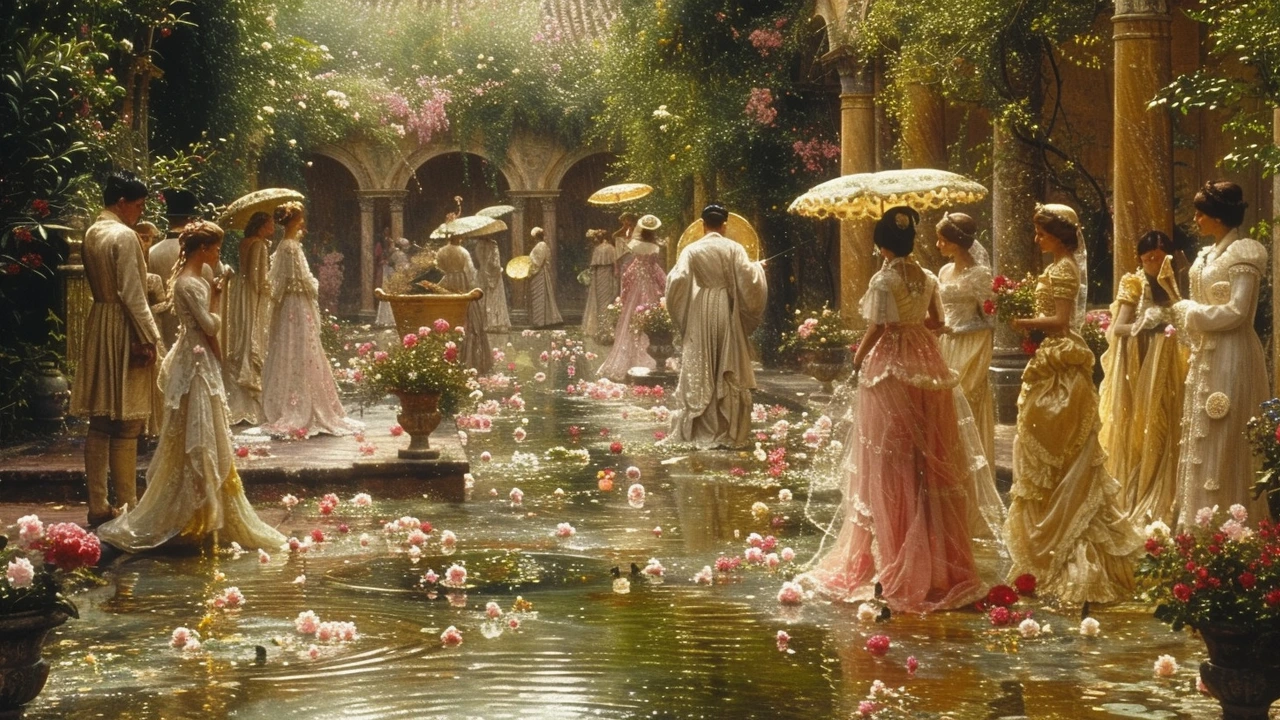Renaissance Revival Architecture: History, Features & Modern Use
Renaissance Revival architecture borrows straight from 15th–17th century Italy but wears those classical clothes with 19th-century confidence. You’ll see symmetry, rounded arches, and rich stonework that shout formality and status. If you care about historic houses, municipal buildings, or elegant facades, this style matters because it translates old-world order into modern civic and domestic projects.
What to look for
First, check for symmetry. Renaissance Revival buildings usually have balanced windows, doors, and rooflines. Look for rounded arches over doors and windows, often set in a classically framed opening. Columns and pilasters borrow Doric, Ionic, or Corinthian orders but tend to be restrained compared with earlier classical revivals.
Second, notice the horizontal emphasis. Heavy cornices, pronounced string courses (the horizontal bands between floors), and layered facades give the building a grounded, tiered look. Facades are often stone or stucco with carved ornament—plaques, wreaths, and garlands—rather than wild sculptural excess.
Third, roof and window details matter. Hipped roofs or low-pitched roofs with decorative eaves are common. Windows are tall and regularly spaced; sometimes they’re grouped in threes with a central arched window flanked by flat-topped ones. Doorways can be grand, with pediments or small porticos that announce the entrance.
Why it was popular and why it still works
In the 19th century, cities wanted buildings that felt cultured and permanent. Renaissance Revival offered classical order without copying a single ancient building, so it fit banks, city halls, schools, and mansions. Today it still works because those features read as stable and elegant—qualities clients want for luxury homes, cultural centers, and heritage projects.
If you’re restoring a Renaissance Revival building, prioritize matching original materials and proportions. Replace damaged stone with like-for-like types, keep cornice profiles, and repair decorative plaster rather than strip it. Modern HVAC and insulation can be added discreetly; avoid changing window openings or removing string courses, because those elements define the style.
Thinking of using Renaissance Revival ideas in a new build? Use balanced composition and classical details but simplify ornament for a contemporary look. Mix stone or stucco with modern glass in secondary elements, and keep the main elevation symmetrical so the design still reads as Renaissance-inspired without feeling like a pastiche.
Want to spot genuine examples? Check civic buildings from the late 1800s to early 1900s, old bank facades, and urban townhouses in historic districts. Look closely at cornices, arched windows, and horizontal banding—those are the clues that tell you you’re standing in front of Renaissance Revival architecture.

The Enchanting World of Renaissance Revival Architecture
Renaissance Revival architecture, emerging in the 19th century, brought a renaissance of its own, showcasing intricate designs and classical elegance. This style echoes the grandeur of the Renaissance period with modern adaptations. Explore the origins, key elements, notable structures, and the profound impact it has had on contemporary architecture.
Read more
Renaissance Revival Architecture: A Blend of Old and New
Hey there! On today's blog, we're diving deep into Renaissance Revival Architecture, a truly unique blend of old and new. We will explore how this architectural style harmoniously combines historical inspiration with a fresh, modern twist. Grab your architectural dictionary as we delve into the distinctive aspects of this compelling style. This post is a great place for history buffs and design enthusiasts alike to learn something new!
Read more